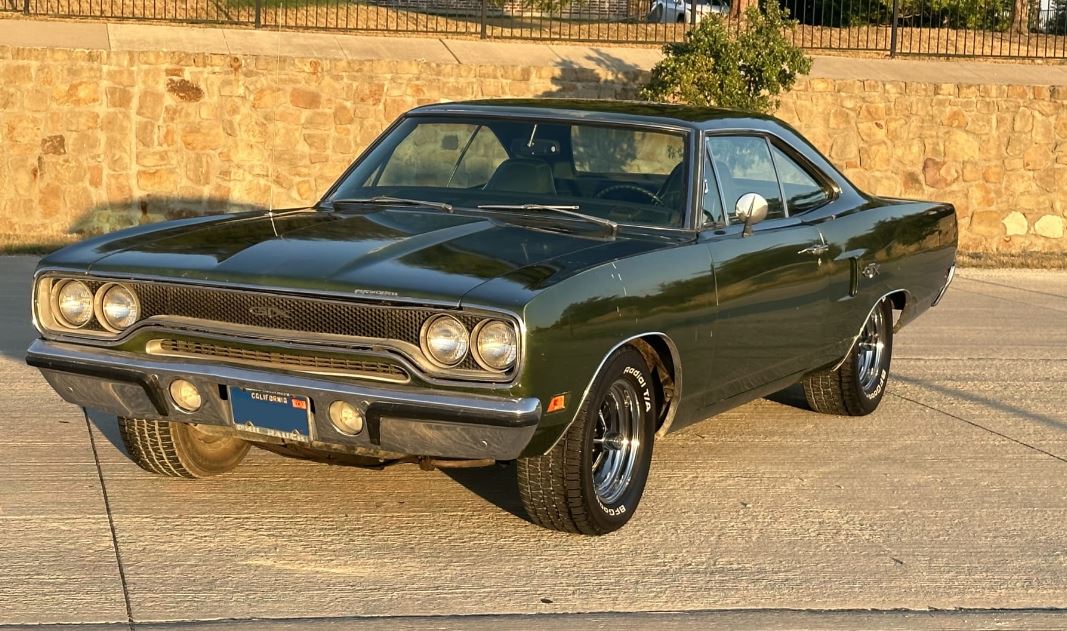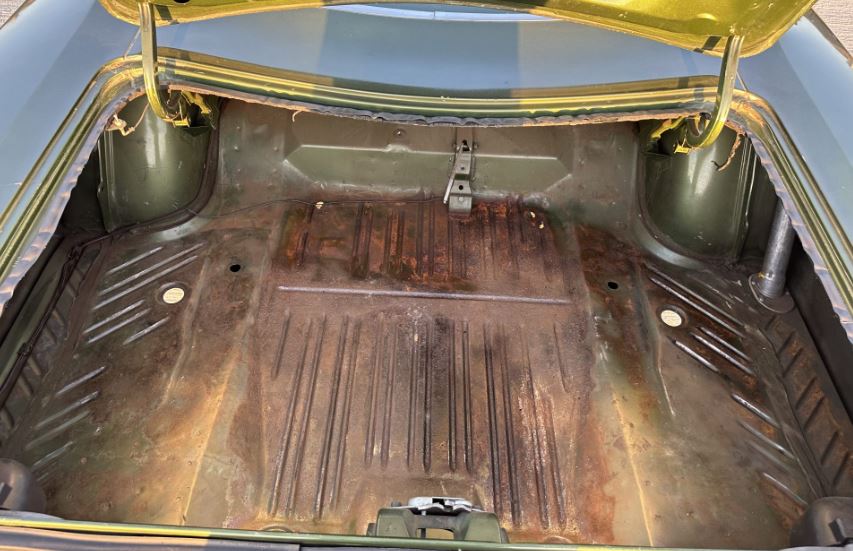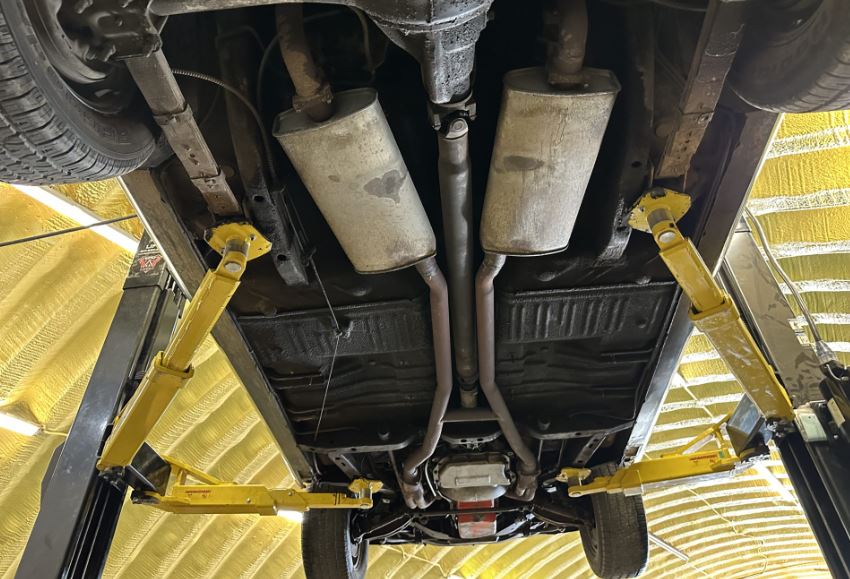When it redesigned the Belvedere for the 1965 model year, Plymouth knew there was a market for a higher-performance premium intermediate, so it created the Satellite. However, the nameplate lost its range-topping privileges in 1967. That’s when Plymouth took things up a notch with the GTX.
Just like the initial Satellite, the GTX was restricted to two-door body styles and V8 engines. But while the former was available with just about any V8 powerplant, the GTX came with top-of-the-line big-block power. The 375-horsepower 440-cubic-inch (7.2-liter) RB was standard, while the options list included the mighty 426-cubic-inch (7.0-liter) HEMI. The latter sent 425 horses to the rear wheels.
The GTX also had a fancier interior. But all these extras and the more potent mills also made it more expensive than the Satellite. As a result, the GTX was never a high seller. When it was discontinued in 1971, Plymouth had sold only 55,516 units. For reference, the Satellite moved more than 67,000 examples in 1966 and 1967.
That’s not to say that the GTX is a hard-to-find classic. There are still plenty of them out there. However, certain drivetrain combos are rare. I’m obviously talking about the 426 HEMI here. The 440 Six-Barrel, which was offered in 1970 and 1971 only, is also a scarce option.
The base four-barrel 440 is the most common, with more than 50,000 units produced, and the market is flooded with restored cars. And you can still find rusty examples in junkyards. However, unrestored survivors still running and driving have become increasingly harder to find. If you’re in the market for one of these gems, Mecum’s Dallas 2024 auction will have one under the hammer.
This GTX is not one of those semi-survivors that got a few upgrades and a repaint in the past. It’s a fully-fledged time capsule still wearing the original F8 Green paint. It also rocks a matching interior for a color combo that makes it even rarer. And because it doesn’t have a vinyl top, it’s a true triple-green Mopar.
The paint is obviously scratched and weathered in places, but it presents well for its age. The same goes for the chrome trim, which appears to be in great condition, save for a few swirls. The interior is nearly free of the usual wear and tear you see in these types of vehicles. The GTX is far from perfect visually, but it’s in fantastic condition for a classic that’s 54 years old as of 2024.
The engine had its valve covers replaced, but it’s all-original otherwise. More importantly, it’s a numbers-matching unit that still runs. The three-speed automatic is also factory-correct.
The 440/auto combo is the most common in the 1970 GTX, but the car is fairly rare due to slow sales that year. Plymouth delivered 7,748 GTXs in 1970, 6,398 of which were equipped with this powertrain setup. The automatic found its way into 4,927 examples.
So, how much is this Mopar worth? The seller doesn’t provide an estimate, but I wouldn’t be surprised to see it change hands for close to $100,000. We’ll learn more about that when it crosses the block on September 5, 2024


